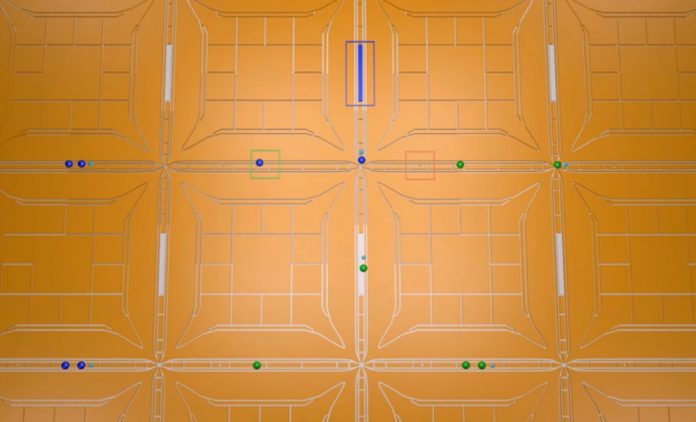What is the minimum size requirement for a quantum computer to decrypt Bitcoin or simulate molecules?
Quantum computers are projected to be disruptive and have the potential to affect a wide range of industries. As a result, researchers in the United Kingdom and the Netherlands opted to investigate two distinct quantum problems: breaking the encryption of Bitcoin (a digital currency) and replicating the molecule essential for biological nitrogen fixation.
The researchers reveal in AVS Quantum Science a method they developed to calculate how big a quantum computer would need to be in order to handle problems like these and how long it would take to solve them.
“The majority of existing work within this realm focuses on a particular hardware platform, superconducting devices, like those IBM and Google are working toward,” says Mark Webber. “Different hardware platforms will vary greatly on key hardware specifications, such as the rate of operations and the quality of control on the qubits (quantum bits).”
Many of the most intriguing quantum benefit use cases will necessitate the usage of a quantum computer that is error-corrected. Error correction allows for longer algorithm execution by accounting for quantum computer defects, but it comes at the cost of extra physical qubits.
Pulling nitrogen from the air to generate ammonia for fertilizers is a high-energy operation, and advancements could help with both world food scarcity and the climate issue. Even the world’s fastest supercomputers are now incapable of simulating relevant molecules, but next-generation quantum computers should be able to do so.
“Our tool automates the calculation of the error-correction overhead as a function of key hardware specifications,” Webber adds. “To make the quantum algorithm run faster, we can perform more operations in parallel by adding more physical qubits. We introduce extra qubits as needed to reach the desired runtime, which is critically dependent on the rate of operations at the physical hardware level.”
Most quantum computing gear is constrained by the fact that only adjacent qubits can directly communicate. Other platforms, such as some trapped ion designs, have qubits that can be physically moved around rather than being fixed in place, allowing each qubit to interact directly with a large number of other qubits.
“We explored how to best take advantage of this ability to connect distant qubits, with the aim of solving problems in less time with fewer qubits,” says Webber. “We must continue to tailor the error-correction strategies to exploit the strengths of the underlying hardware, which may allow us to solve highly impactful problems with a smaller-size quantum computer than had previously been assumed.”
Quantum computers are far more powerful than traditional computers at breaking many types of encryption. RSA encryption is used by the world for most of its safe communication. The RSA encryption technique, as well as the one used by Bitcoin (elliptic curve digital signature algorithm), will be vulnerable to quantum computing attacks in the future, but even the most powerful supercomputer today could never pose a substantial threat.
The researchers calculated the size of a quantum computer required to crack the encryption of the Bitcoin network within the short window of time it would truly represent a threat to do so – between its announcement and inclusion into the blockchain. The bigger the transaction price, the shorter this window will be, but it will likely be between minutes and hours.
“State-of-the-art quantum computers today only have 50-100 qubits,” says Webber. “Our estimated requirement of 30 [million] to 300 million physical qubits suggests Bitcoin should be considered safe from a quantum attack for now, but devices of this size are generally considered achievable, and future advancements may bring the requirements down further.
“The Bitcoin network could perform a ‘hard-fork’ onto a quantum-secure encryption technique, but this may result in network scaling issues due to an increased memory requirement.”
The researchers emphasize the rate of progress of both quantum algorithms and error-correction methods.
“Four years ago, we estimated a trapped ion device would need a billion physical qubits to break RSA encryption, requiring a device with an area of 100-by-100 square meters,” adds Webber. “Now, with improvements across the board, this could see a dramatic reduction to an area of just 2.5-by-2.5 square meters.”
A large-scale error-corrected quantum computer should be able to address problems that classical computers are incapable of solving.
“Simulating molecules has applications for energy efficiency, batteries, improved catalysts, new materials, and the development of new medicines,” adds Webber. “Further applications exist across the board — including for finance, big data analysis, fluid flow for airplane designs, and logistical optimizations.”
Source: 10.1116/5.0073075
Image Credit: University of Sussex
You were reading: How big a quantum computer should be to break bitcoin encryption?
